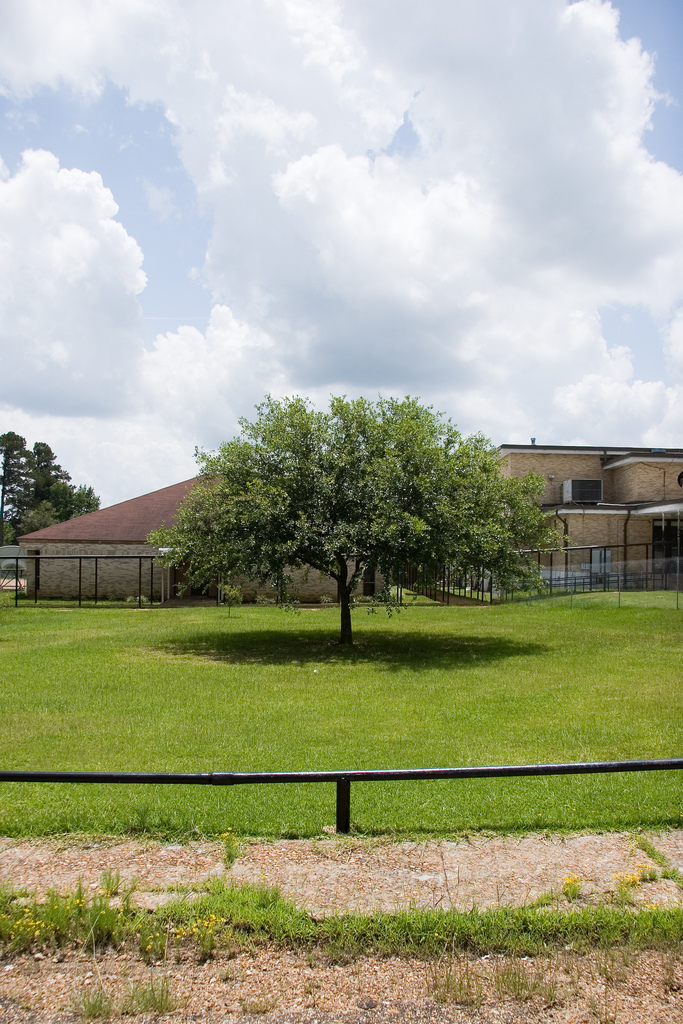
The effects of racism are undeniable. There are many, many, recent (and ongong) high profile (Katrina/New Orleans) and off the radar (The Jena 6) examples of how racism shapes live in the United States.
Today the US Supreme Court, in a case involving public schools in Louisville and Seattle, sharply limited the ability of school districts to manage the racial makeup of the student bodies in their schools. The supremes declared the districts had failed to meet “their heavy burden” of justifying “the extreme means they have chosen — discriminating among individual students based on race by relying upon racial classifications in making school assignments.”
The “extreme means” of “discrimination” the supremes refer to is the use of racial categories to create integrated school systems.
The result, at least in Louisville, will be the dismantling of one of the nation’s most fully integrated school districts and, with the sharp racial housing patterns in the Jefferson County, KY, yet another large apartheid school district.
This decision will further the well established pattern of US federal courts striking down desegregation plans and re-creating the apartheid schools of the pre-Civil Rights Era.
Harvard Civil Rights Project research shows that:
- Whites are the most segregated group in the nation’s public schools; they attend schools, on average, where eighty percent of the student body is white. Whites attending private schools are even more segregated than their public school counterparts.
- Public schools are becoming steadily more nonwhite, as the minority student enrollment approaches 40% of all U.S. public school students, nearly twice the share of minority school students during the 1960s. In the West and the South, almost half of all public school students are nonwhite.
- The data show the emergence of a substantial group of American schools that are virtually all non-white, which we call apartheid schools. These schools educate one-sixth of the nation’s black students and one-fourth of black students in the Northeast and Midwest. These are often schools where enormous poverty, limited resources, and social and health problems of many types are concentrated. One ninth of Latino students attend schools where 99-100% of the student body is composed of minority students.
In addition to the “irony” of striking down school desegregation plans as the nation’s school’s are becoming both more multicultural and more segregated, there is the ongoing travesty of justice (and schooling) that is currently taking place in Jena, Louisiana.
In September 2006, a group of African American high school students in Jena, Louisiana, asked the school for permission to sit beneath a “whites only” shade tree. There was an unwritten rule that blacks couldn’t sit beneath the tree. The school said they didn’t care where students sat. The next day, students arrived at school to see three nooses (in school colors) hanging from the tree.
The boys who hung the nooses were suspended from school for a few days. The school administration chalked it up as a harmless prank, but Jena’s black population didn’t take it so lightly. Fights and unrest started breaking out at school. The District Attorney, Reed Walters, was called in to directly address black students at the school and told them all he could “end their life with a stroke of the pen.”
Black students were assaulted at white parties. A white man drew a loaded rifle on three black teens at a local convenience store. (They wrestled it from him and ran away.) Someone tried to burn down the school, and on December 4th, a fight broke out that led to six black students being charged with attempted murder. To his word, the D.A. pushed for maximum charges, which carry sentences of eighty years. Four of the six are being tried as adults (ages 17 & 18) and two are juveniles. [From WhileSeated.org
]
Here’s a photo story of the Jena Six:
Articles on the Jena Six:
The Town Talk (Alexandria, LA)
“All-white jury likely to hear racial fight case in Louisiana”, International Herald Tribune
“Looking for Justice in Jena, Louisiana”, CounterPunch
“Charges reduced for student in La. fight”, The Guardian
“Racism goes on trial again in America’s Deep South”, The Guardian
“‘Stealth racism’ stalks deep South”, BBC News
i think that mr.bell should be free
i am a spanish and jamaican black girl and i have had problems like this befor and the black people would jump me because i say i am black but my tone of skin is how a spanish girls should be and this almost took me to jail to i am behind mr.bell 10000% dont let no one do this s??t to you ! and dont back down fight i am what i am and will not let others kill me for what i belive in so as me as a spanglish girl /women fought you should to to show the kids in our future that they should be brave and the word i say to the cops is”let my people go”
i think that mr.bell should be free
i am a spanish and jamaican black girl and i have had problems like this befor and the black people would jump me because i say i am black but my tone of skin is how a spanish girls should be and this almost took me to jail to i am behind mr.bell 10000% dont let no one do this s??t to you ! and dont back down fight i am what i am and will not let others kill me for what i belive in so as me as a spanglish girl /women fought you should to to show the kids in our future that they should be brave and the word i say to the cops is”let my people go”